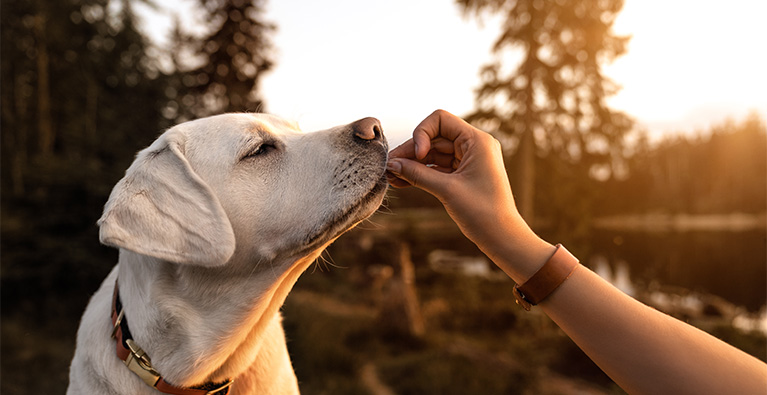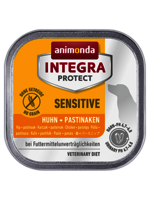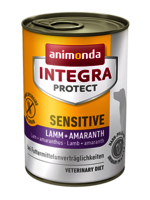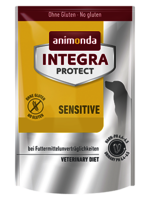An exclusion diet for your dog – how to do it correctly
Does your dog tend to scratch itself, does its skin show any obvious changes, and are you wondering why? Itchiness can be a sign that your pet is suffering from a food allergy. An exclusion diet with professional guidance from your vet will help you determine which food ingredients your four-legged friend is unable to tolerate.
Our animonda specialist vet for animal nutrition and dietetics, Dr. vet med. Simone Radicke, reveals what you should pay attention to when you carry out an exclusion diet for your dog.
In this special animonda interview, you will find out:
- what the symptoms of a food allergy are in a dog
- how food intolerances develop in dogs
- whether an allergy test is advisable
- how to carry out an exclusion diet for your dog
- which dog food is suitable for an exclusion diet
- for how long an exclusion diet should be carried out
- at what point your dog should feel better after the change of diet
- how a provocation test works
Food allergy in dogs: symptoms & triggers
animonda: What are the symptoms of a food allergy in a dog?
Dr. vet med. Simone Radicke: Mainly itching. This occurs throughout the year and is not limited to spring or summer. In addition to itching, diarrhoea may also occur.
If your dog has skin changes that become bloody with scabs when scratched, it is important that you consult your vet. Only a vet can diagnose a food allergy, because infestation with fleas or mites, among other things, has to be ruled out.
Because itching can have many causes.
Often, only the dog’s ears are affected, so an ear infection can also be a sign of a food intolerance.
animonda: How do food intolerances develop in dogs?
Dr. vet med. Simone Radicke: A food allergy is an overreaction of the immune system to components of the food. These can be both animal and vegetable proteins.
Particularly ingredients from beef and dairy products are proteins that often trigger food allergies in dogs. Basically, a food allergy can occur at any stage of a dog’s life. There are studies that even indicate that 48 percent of dogs with a food allergy are less than one year old.
animonda: As a dog owner, should I have an allergy test carried out by the vet?
Dr. vet med. Simone Radicke: No. An allergy test is not reliable in the case of food intolerance. Here, the diagnosis can only be made on the basis of an exclusion diet.
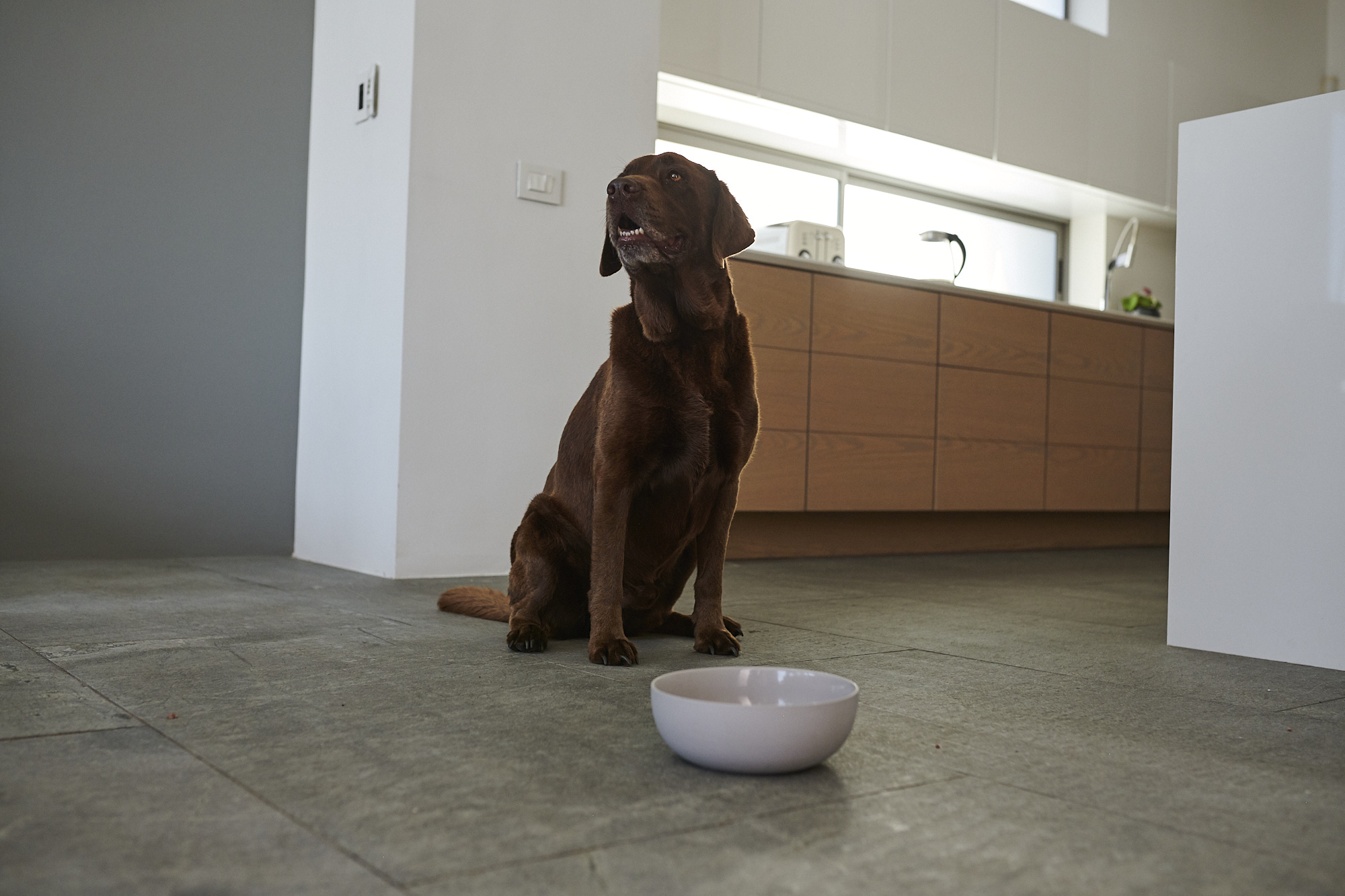
An exclusion diet: what you should know as a dog owner
My dog is suspected of having a food allergy. Will my vet develop an exclusion diet for it – and what might this look like?
Dr. vet med. Simone Radicke: To prepare an exclusion diet, the vet must get a picture of what the dog has been fed up to now. They must always consider the dog’s individual situation: What has it eaten in the past and what has it not yet eaten? After this detailed review, the vet will suggest a diet consisting of components that have not or only rarely been on the dog’s menu – for example, horse meat ingredients.
You can either prepare this exclusion diet yourself or use an industrially manufactured complete food.
animonda: How can I conduct an exclusion diet for my dog, and which everyday situations do I, as a dog owner, have to pay special attention to in order to successfully implement the diet?
Dr. vet med. Simone Radicke: An exclusion diet is usually carried out over 8 to 12 weeks. It is important that the dog is not given any other food, snacks or dental care products. Unfortunately, snacks and chews in particular are usually not consciously regarded as food, which is why the vet will point out this common mistake in particular. Because even small amounts of other foodstuffs can contribute to the dog starting to scratch itself severely again.
If there are several dogs in the household, they should all be fed separately during the exclusion diet. If other medicines have to be given, it is important to discuss this with the vet treating the dog. They will be able to provide specific tips.
animonda: Do you recommend keeping a diet diary in order to record the results of the dog’s exclusion diet?
Dr. vet med. Simone Radicke: Yes, I definitely recommend keeping a diet diary. It is a great help when it comes to carrying out the exclusion diet correctly and answering any questions the vet may have. Everything your dog is fed and by whom should be recorded in the diet diary. This includes all family members and all your friends and acquaintances.
The diet diary should also record whether your dog has been let off the lead at any time. And if this is the case, whether it is possible that it ate something while outside.
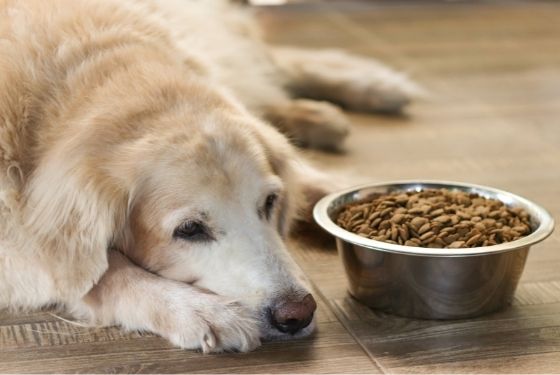
An exclusion diet: feeding tips for your dog
animonda: Which dog food is suitable for an exclusion diet?
Dr. vet med. Simone Radicke: Wet and dry foods with a single carefully selected source of animal protein and carbohydrates, such as Integra Protect Sensitive, are perfect for an exclusion diet. Because the food contains just one animal protein source, allergic reactions to the protein in question can be readily identified. Possible protein-carbohydrate combinations include, for example, horse meat with amaranth, and chicken with parsnip.
animonda: Cooking the food for your dog yourself, or using store-bought dog food for the exclusion diet – what do you recommend here?
Dr. vet med. Simone Radicke: I cannot provide a general recommendation here, because the individual requirements of the dog and how it was fed in the past must always be taken into account. As far as possible, I would always opt for a wet or dry food, because it is easier to handle in everyday life.
animonda: For how long should I keep my dog on the exclusion diet?
Dr. vet med. Simone Radicke: Your dog must be kept on the exclusion diet for at least 8 weeks. It can, however, sometimes take up to 12 weeks. If the itching or diarrhoea has not improved after 12 weeks, the exclusion diet must be started again with other animal ingredients.
animonda: Is a successful exclusion diet equivalent to the diagnosis of a food allergy?
Dr. vet med. Simone Radicke: Not at this stage, unfortunately, because a reliable diagnosis can only be made on the basis of a provocation test.
animonda: I have fed my dog exactly in accordance with the exclusion diet for the recommended period of time. What is the correct way to conduct the provocation test in order to gain absolute clarity about my dog’s food allergy?
Dr. vet med. Simone Radicke: In order to carry out the provocation test on the dog, individual ingredients that are believed to have caused the allergy are deliberately added to the exclusion diet. For example: If the dog was fed chicken in combination with rice during the exclusion diet, you can now add beef ingredients if you suspect that the allergy was caused by beef. For this reason, you should now feed your dog additional beef ingredients over a period of three days. If the dog reacts to this, then beef is a cause of the food allergy. If it does not react with diarrhoea or itching, then your dog is not allergic to beef.
animonda: What do I have to consider in future if the provocation test shows that my dog is suffering from a food allergy towards certain proteins?
Dr. vet med. Simone Radicke: If the exclusion diet was successful and the protein causing the allergic reaction has been identified, then you can continue to give your dog the food used in the exclusion diet.
If this is a commercial exclusion diet food (wet or dry), you can continue to feed it to your dog without any problems, as this food contains all the essential nutrients that the dog needs every day. It will probably be far more inconvenient for the dog owner if the dog has been fed home-prepared food in the exclusion diet that contains very rare proteins – for example, goat or antelope – because it is likely that the essential minerals and vitamins have not been added up to now.
You may also like this
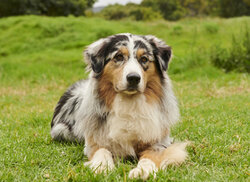
Allergies in dogs
Common allergies and treatment options
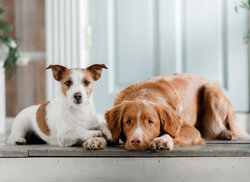
Diabetes in dogs
Dogs too can suffer from elevated blood sugar levels
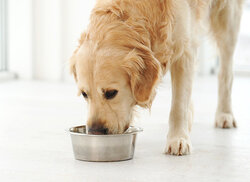
Renal insufficiency in dogs
How to recognise chronic renal insufficiency in your dog
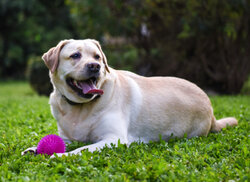
Excess weight in dogs
Obesity causes a variety of health problems
